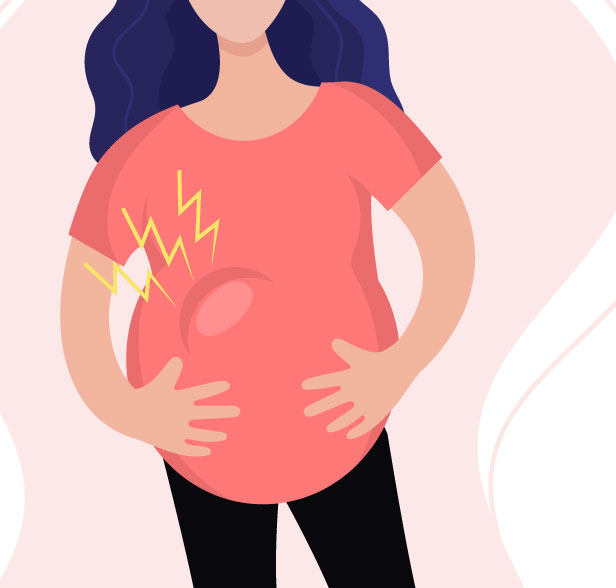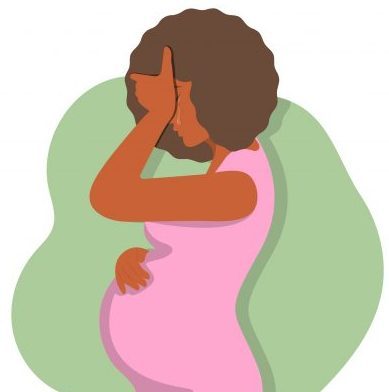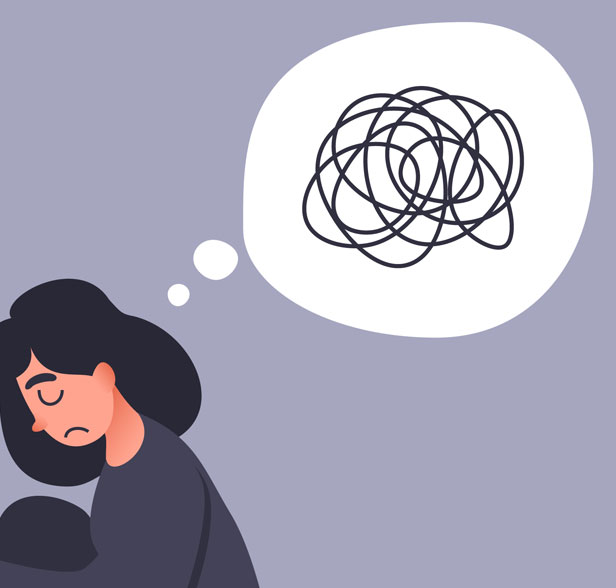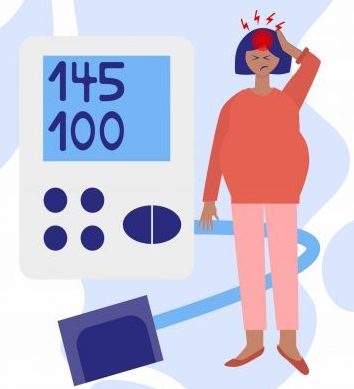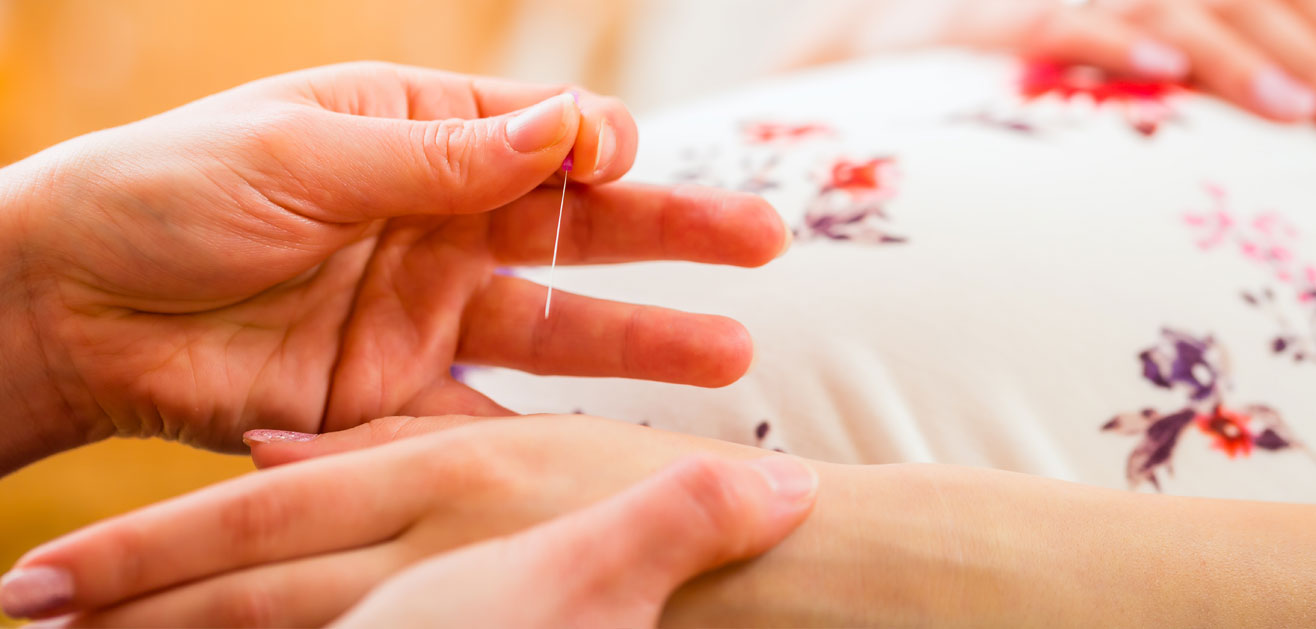
Women often seek medication-free ways to begin labor so they may avoid the potential risks of a medical induction. Many methods of unmedicated “induction” have been explored, including nipple stimulation, walking, intercourse, castor oil and many more (see resources section at the bottom of this page). This section will focus on the evidence around using acupuncture and acupressure for labor preparation and labor induction.
Acupressure and Acupuncture:
There is a relatively large body of research on acupuncture and acupressure for inducing labor. Evidence does consistently show that having acupuncture or acupressure won’t cause labor to begin any earlier- that is to say that at this time the evidence doesn’t point to acupuncture or acupressure being able to induce labor (1,14). However there is some promising evidence that these two techniques may improve the readiness of the cervix for labor (1) and the Bishop Score.
Of 22 studies on acupuncture or acupressure examined in a 2017 Cochrane Research Review (1), a variety of methods were used and there was a lot of variation in things like which acupuncture points were needled, the number of treatments given, at what point in pregnancy treatments began and what type of acupuncture was given (traditional or traditional with electrostimulation). Additionally, not all of the studies kept track of the same outcomes, such as rates of cesarean section, birth outcomes or dilation of the cervix. This made it more difficult for the researchers to accurately pool and analyze all the data.
Background: What is a Bishop Score?
A Bishop Score is used by professionals (OB’s and midwives) to determine how receptive someone may be to induction (see this link for images and more explanation). It includes assessment of the cervical dilation and effacement, the baby’s station in the pelvis, and the consistency and position of the cervix. Each one of these areas is “scored”; these numbers are then combined for a total score. A total score of 7 or more is generally thought to lead to greater likelihood of a vaginal birth after induction.
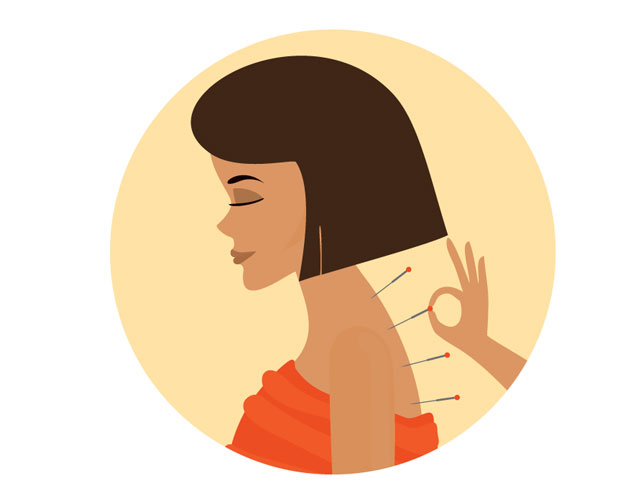
Methods of Natural Induction
Women often seek medication-free ways to begin labor so they may avoid the potential risks of a medical induction. Many methods of unmedicated “induction” have been explored, including nipple stimulation, walking, intercourse, castor oil and many more. For reliable resources on other methods, see the resources section at the bottom of this page.
How Might Acupuncture Cause Cervical Changes?
Curtis et al (15) proposed possible ways that acupuncture late in pregnancy might lead to cervical changes, summarizing that “It seems possible... that segmental acupuncture at the pelvic level could produce peripheral neurological and vasomotor effects on the cervix, uterus, and even the fetus.”
- Acupuncture is known to release beta-endorphins. Beta-endorphins are an important part of the labor process and tend to show a continuous increase from the time labor begins until birth.
- Acupuncture may promote higher levels of prostaglandin E2 (PGE2) which contributes to cervical ripening and uterine contractions.
- Acupuncture may stimulate prostaglandins and cortisol from the fetus and oxytocin from the birthing parent.
As some of this information is based on theory, more research is needed which measures changes in these hormones and neurotransmitters.
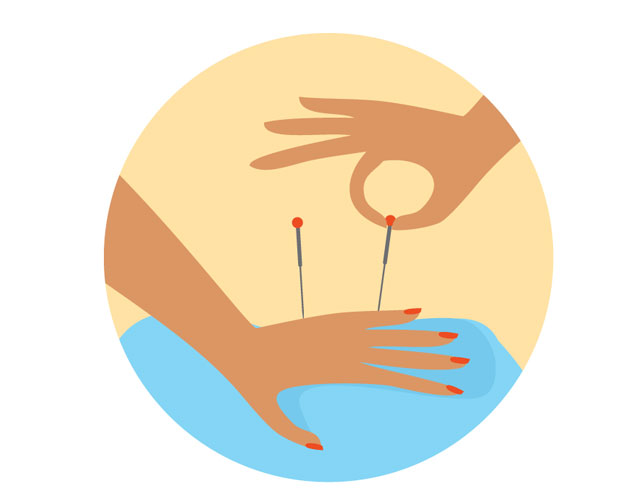
Resource Links
Evidence Based Birth Podcast: Evidence on acupuncture, acupressure and Breast Stimulation
Evidence Based Birth: Evidence on Pineapple and Sex
Evidence Based Birth: Red Raspberry Leaf Tea
Evidence Based Birth: Evening Primrose Oil
Evidence Based Birth: Castor Oil and Dates
Spinning Babies: Article on Labor Induction
Book: Ina May’s Guide To Childbirth
BirthCourse: evidence based online antenatal education course including acupressure
Sources
- Smith CA, Armour M, Dahlen HG. Acupuncture or acupressure for induction of labour. Cochrane Database of Systematic Reviews 2017, Issue 10. Art. No.: CD002962. DOI: 10.1002/14651858.CD002962.pub4.
- Romer A, Weigel M, Zieger W, Melchart F. Prenatal acupuncture: effects on cervical maturation and duration of labour. Geburtshilfe und Frauenheilkunde 2000;60(10):513-8.
- Tremeau ML, Fontanie-Ravier P, Teurnier F, Demouzon J. Protocol for cervical maturation by acupuncture [Protocole de maturation cervicale par acupuncture]. Journal de Gynecologie, Obstetrique et Biologie de la Reproduction (Paris) 1992;21:375-80.
- Harper TC, Coeytaux RR, Chen W, Campbell K, Kaufman JS, Moise KJ, et al. A randomized controlled trial of acupuncture for initiation of labor in nulliparous women. Journal of Maternal- Fetal and Neonatal Medicine 2006;19(8):465-70.
- Gribel GPC, Coca-Velarde LG, Moreira RAS. Electroacupuncture for cervical ripening prior to labor induction: a randomized clinical trial. Archives of Gynecology and Obstetrics 2011;283(6):1233-8.
- Smith CA, Crowther CA, Collins CT, Coyle ME. Acupuncture to induce labor: a randomized controlled trial. Obstetrics & Gynecology 2008;112(5):1067-74.
- Modlock J, Nielsen BB, Uldbjerg N. Acupuncture for the induction of labour: a double-blind randomised controlled study. British Journal of Obstetrics & Gynaecology 2010;117(10):1255-61.
- Torkzahrani S, Ghobadi K, Heshmat R, Shakeri N, Jalali Aria K. Effect of acupressure on cervical ripening. Iranian Red Crescent Medical Journal 2015;17(8):e28691.
- Gregson S, Tiran D, Absalom J, Older L, Bassett P. Acupressure for inducing labour for nulliparous women with post-dates pregnancy. Complementary Therapies in Clinical Practice 2015;21(4):257-61.
- Mollart L, Skinner V, Foureur M. A feasibility randomised controlled trial of acupressure to assist spontaneous labour for primigravid women experiencing a post-date pregnancy. Midwifery 2016; 36: 21-7.
- Betts, Debra. Inducing Labour with Acupuncture- Crucial Considerations. Journal of Chinese Medicine; 2009; 90: 20-25.
- Betts, D., Lennox, S. Acupuncture For Prebirth Treatment: An Observational Study Of Its Use In Midwifery Practice. Medical Acupuncture 2006; 17 (3): 16-19.
- Betts, Debra. The Use of Acupuncture as A Routine Pre-Birth Treatment. Journal Of Chinese Medicine 2004; 76: 5-8.
- Mollart LJ, Adam J, Foureur M. Impact of acupressure on onset of labour and labour duration: A systematic review. Women Birth. 2015;28(3):199-206. doi:10.1016/j.wombi.2015.03.007
- Curtis, P., Coeytaux, R. R., & Hapke, P. (2006). Acupuncture for Birth Preparation and Delivery: How Investigating Mechanisms of Action Can Generate Research. Complementary Health Practice Review, 11(3), 176–192.
- A. U. Lokugamage, V. A. I. Eftime, Daniel Porter, Tharanika Ahillan &
Song Xuan Ke (2020): Birth preparation acupuncture for normalising birth: An analysis of NHS service routine data and proof of concept, Journal of Obstetrics and Gynaecology, DOI:10.1080/01443615.2019.1694878


